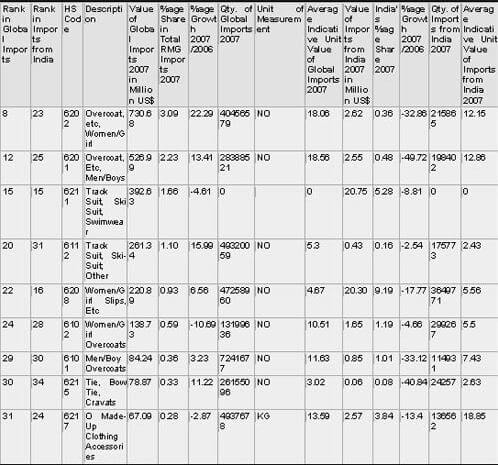The HS (Harmonized Commodity Description and Coding System) is an international system of names and numbers for classifying traded products created by the World Customs Organization and used in determining tariffs on items shipped internationally.
The Harmonized System Nomenclature (HS) forms the basis of all countries’ tariff Schedule all over the world. Nomenclature actually means the systematical numbering or naming of all internationally traded products according to international rules and interpretations. The Harmonized System constitutes a universal foundation for international trade statistics and all countries’ customs tariffs. The Harmonized System, whose official name is the Harmonized Commodity Description and Coding System, is an international classification system used for all internationally traded commodities. In the Harmonized System, every traded product is classified in accordance with certain logical and systematical framework. Products are registered in customs on the basis of these codes. Every product/product group has a HS Code. All traded commodities are processed in customs on the based of these codes. HS Code is a universal trading language for products and is an indispensable instrument for both product coding and international trade. HS Code can be defined as the “identification number” of all products in customs procedures. The system is used by more than 200 countries and economies as a basis for the collection of international trade statistics. Besides, HS numbers are used by customs authorities around the world to identify products for the application of customs duties, taxes and regulations. Over 98 % of world trade is classified in terms of the HS.
The HS is based on the fundamental principle that goods are classified by what they are and not according to their stage of fabrication, use, "made in" status or any other such criteria.
The HS nomenclature is logically structured by economic activity or component material. For example, animals and animal products are found in one section; machinery and mechanical appliances, which are grouped by function, are found in another.
The nomenclature is divided into 21 Sections, which, in general, group goods produced in the same sector of the economy.
The regulations regarding the Harmonized System in international level are carried out by World Customs Organization (WCO). WCO regulates customs implementations and provides uniformity in member countries. WCO makes comprehensive changes in the Harmonized System approximately every 5 year. As a case in point, WCO made thorough changes in the Harmonized System in 1992, 1996, 2002, 2007 and 2012. The underlying reason of these changes can be described as the product-coding of newly-entrant products to the market, first and foremost in information technologies, the incorporation of the codes of products whose trade volume is respectively low. Every product exported or imported from a country is given a HS code.
In the world, 207 countries and economies make use of this system. The list of countries/economies using the Harmonized System can be reached on the website of World Customs Organization.
The HS classification system is defined by World Custom Organization at the 2, 4, and 6 digit level.
Each Section is comprised of one or more Chapters with the entire nomenclature being comprised of 97 Chapters.
HS codes have been established along the following hierarchical logic;
• HS-2 refers to the Chapter
• HS-4 refers to the Heading
• HS-6 refers to the Subheading

For example, product code 060110 refers to Chapter 6 (Live trees and other plants: bulbs, roots, etc…), Heading 01 (Bulbs, tubers, tuberous roots…dormant, in growth or in flower, etc….), and Subheading 10 (Bulbs, tubers, tuberous roots…. Dormant).
Further subdivisions (HS-8, HS-10, and HS12) are made by individual countries and trading blocks according to their specific tariff and statistical needs. These "final" product codes are contained in the particular Harmonized Tariff Schedules of the world.
The tariff and tariff-related provisions (e.g.- numerical codes and article descriptions) are presented in tabular format containing several columns. In those columns are contained the headings, subheadings, statistical annotations, article descriptions and rates of duty.
